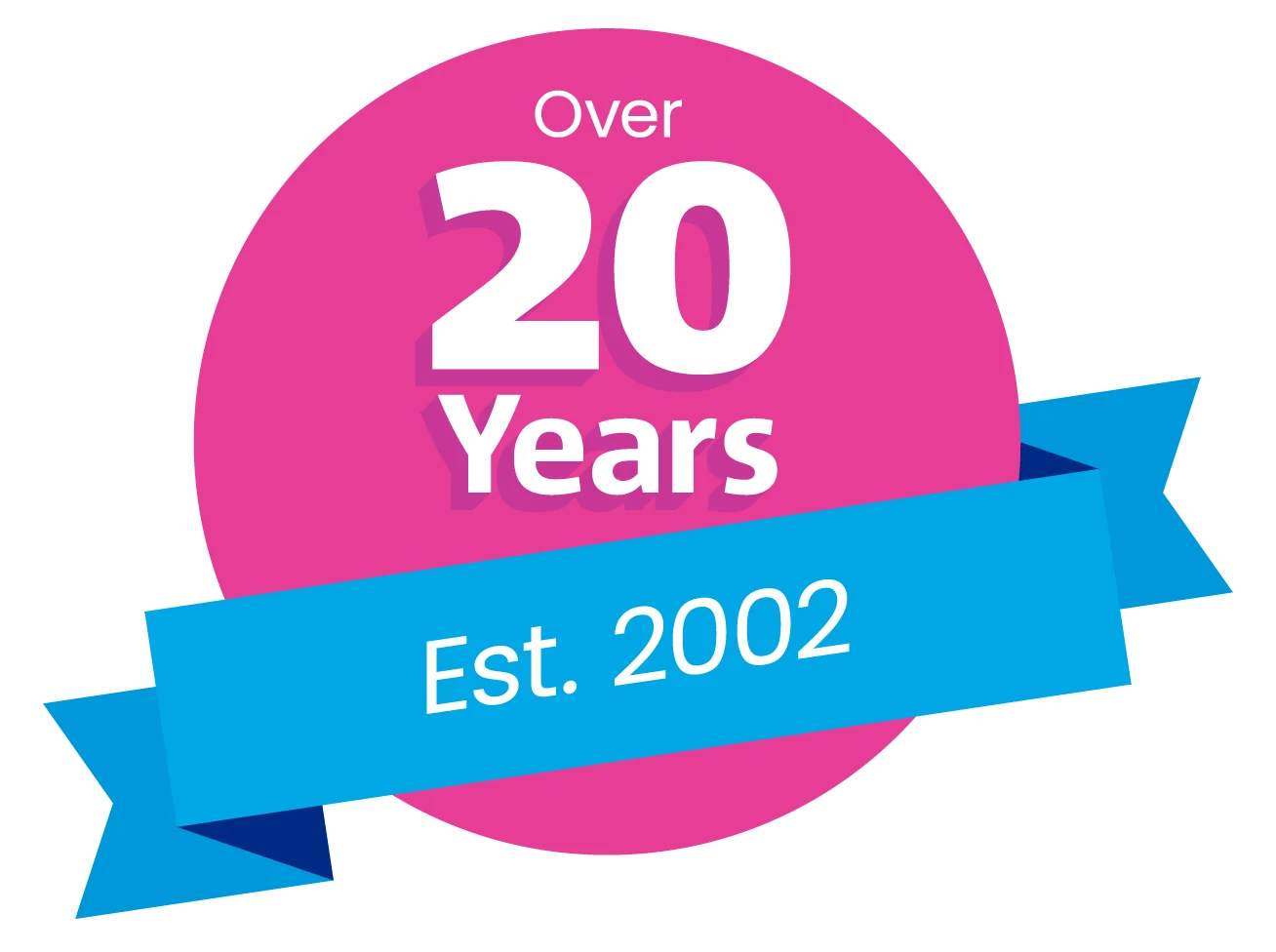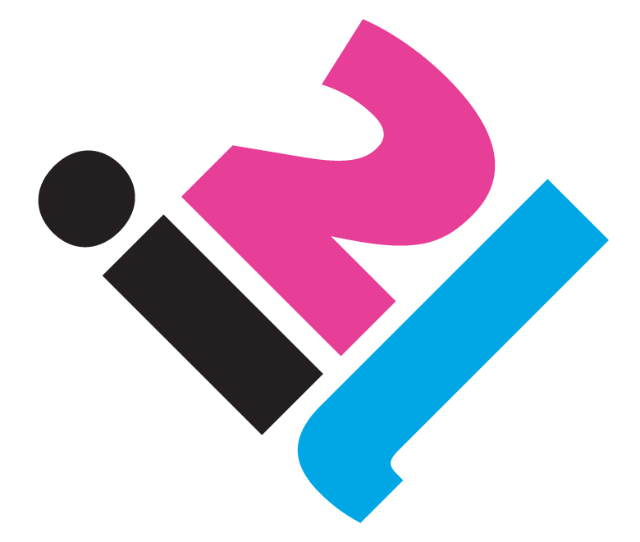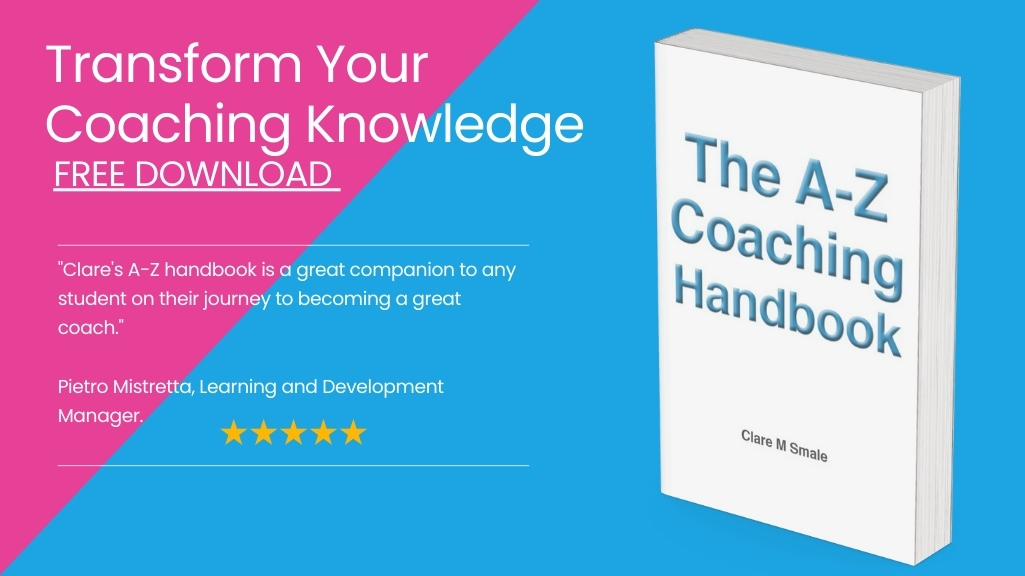A – Z Coaching and Mentoring – This week’s extract explores the use of Telephone coaching and how sometimes it can be used when distance is a barrier.
Don’t forget if you have a special request for a definition of a coaching term or principle, just let us know! Perfect for anyone studying for an ILM Coaching & Mentoring qualification, or as a refresher for experienced coaches.
Tt
Telephone coaching is a great way to coach when geographical distance is a barrier. Telephone coaching is normally quicker and more focused compared to a face to face meeting, with between 30 and 60 minutes being ideal. Most coaches would probably agree that face to face coaching is easier in terms of establishing a relationship quickly as it is easier to build rapport and trust through verbal and nonverbal communication combined.
Telephone coaching requires a different set of tools and approaches from the coach. The most obvious missing element is visual information. This can be overcome by asking the client to describe where they are (and vice versa) and ask them to articulate their physiological responses during the coaching as appropriate. Using a web cam can help, with Skype and Facetime both being popular on-line platforms for this. File sharing software can support real-time note taking.
Experienced telephone coaches report that the lack of visual information makes no difference and can actually help, as the additional anonymity can encourage the client to be more open. Professional telephone coaching will include all the elements of a face to face coaching session, such as:
- a contract which reflects the different coaching approach over the phone
- a clear appointment time and calling arrangements
- a clear end time and tracking the conversation using a model such as GROW
Taken from the A-Z Coaching Handbook by Clare Smale where you will find a comprehensive A-Z, plus a full list of references.
Contact us for your copy or order through our website. See you next week!





